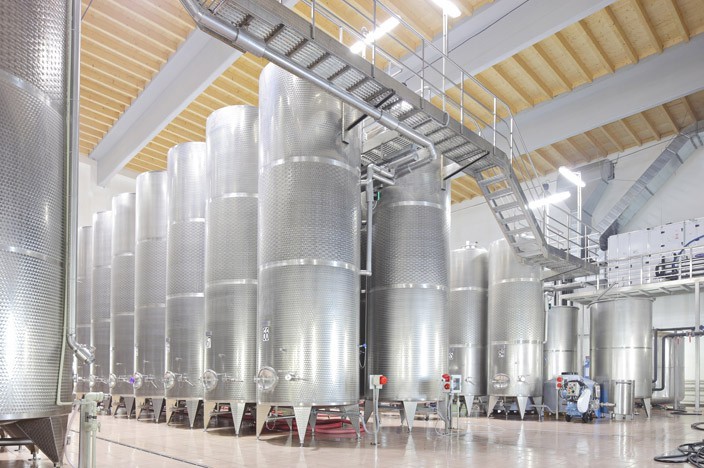The Magic of Microbes
Posted on Wed 21st May 2014 at 11:34

Few of us are aware of the almost magical role of microbes (especially yeast and bacteria) in transforming simple raw ingredients into much of the food and drink we have come to regard as essential.
This process of transformation (via microbes of all sorts) is known as fermentation, and here is just a short list of fermented products: bread, beer, cheese, cider, coffee, tea, chocolate, yoghurt, soy sauce, olives, vinegar and, of course, wine. In the wine world we talk a lot about the winemakers, the terroir and the grape variety, but without microbes transforming simple grape juice into wine, none of the rest of the wine story would be possible. At the heart of winemaking is the most important yeast Saccharomyces cerevisiae, literally translated as “Sugar Fungus”. It metabolizes (or feeds on) simple sugars like glucose and fructose found in grape juice, and produces ethanol and carbon dioxide (CO2 for short), along with a whole host of other by-products that add flavour and aroma to wine. S. cerevisiae is quite special though. Alcohol is toxic to all living cells but this yeast can actually survive at much higher alcohol levels than other species of yeast, particular the variants that ferment wine. This is essential where wines like Vranec Veritas can reach over 14% alcohol. It also survives a good dose of the universal wine “disinfectant”: sulphur dioxide (SO2).
Winemakers use this to kill off more sensitive rogue microbes that could cause spoilage and help leave the way clear for a good strong fermentation by the right yeast. Many winemakers claim that yeasts arrive on the skin of ripe grapes – hidden in the waxy “bloom” covering the berry surface. However, research suggests that S. cerevisiae is pretty rare in the vineyards, if it can be found at all, but there are a whole bunch of other yeasts (with easy-to-remember names like Pichia, Kluyveromyces, Candida, Kloeckera, Hanseniaspora, Rhodotorula) that are found on grape skins and will start some sort of fermentation (unless they have been killed off by SO2). These other yeast tend to die off at around 3-4% alcohol at which point S. cerevisiae (probably from cells hanging around in the winery) takes over and if all goes well, it finishes the fermentation off fully to end up with a dry wine. So that’s how wine might ferment naturally, but a lot can go wrong, so commercial yeasts have been selected for useful winemaking characteristics. These can be added to a vat early on to ensure a good strong fermentation gets going quickly, and even to help with flavour profile or to reduce levels of acid. Most winemakers use selected yeast nowadays as they like to sleep at night without worrying about “stuck” ferments where yeast struggles to finish its job and a whole batch of wine might have to be thrown away. After the yeast have done their job, in many wines there is a second fermentation, this time mediated by certain strains of bacteria. These Lactic Acid Bacteria use malic acid (the second most important acid occurring naturally in grapes) as an energy source, and produce lactic acid as the main by-product. Malic acid is sharp and tastes of apples and the so-called malolactic fermentation transforms this into softer-tasting lactic acid (the gentler acid found in milk). The result is a gentler, more rounded wine, with better texture and more complex flavours. Pretty much all red wine undergoes malolactic fermentation (it tastes really odd if it doesn't). However for white wines, winemakers can make a choice depending on the style of the wine.
For crisp, fresh aromatic wines usually there will be no malolactic, while rounder, richer creamier wines (Chardonnay for example) may undergo partial or full malolactic fermentation, depending on the style the winemaker wants. We definitely have a debt of gratitude to those magical microbes in making our favourite drink. Written by Caroline Gilby; Master of Wine, for Signature Wines Ltd.

